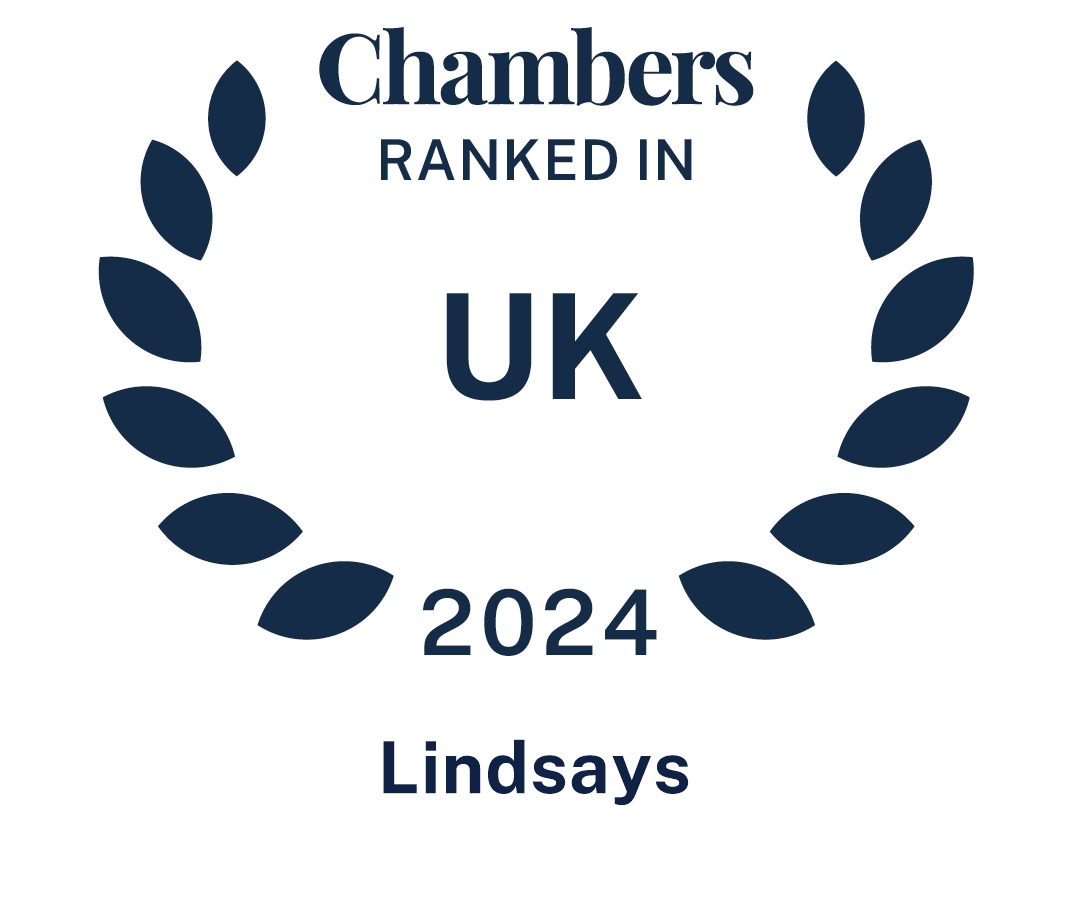As charities of all sizes feel the effects of April 2025’s National Insurance rise, many are considering whether ‘business as usual’ is still possible. In fact, you may have been exploring this for a while now in the face of pared-back funding and ramped-up costs and demands.
Charities, like other organisations, should always be open to change; it’s an essential part of staying resilient and capturing opportunities, especially in the current climate. And one change that many charity boards are pondering is whether it’s still possible or desirable to go it alone. After all, the potential gains from joining forces or merging with another charity could include:
- Lower running costs by avoiding duplication of resources in areas like compliance, cybersecurity, and administration
- A stronger voice in campaigning or fundraising
- Shared knowledge and expertise
- Access to new contracts, funding, or users
- Improved investment returns through pooling funds.
To help charities of all sizes consider the possible benefits and challenges of mergers, Lindsays is holding a webinar on ‘Is your charity thinking of merging?’ on 6th May, which will explore the different legal structures available and the legal, technical and governance issues that may be involved.
The two key questions
In this difficult economic landscape for charities, the merger option is clearly proving attractive – or in some cases, unavoidable. In England and Wales, for instance, the number of charities merging with others in their sphere rocketed from 174 in 2023 to 331 in 2024, according to research for RSM.
Although the research did not cover Scotland, mergers and other structural changes are increasingly a focus for executives and trustees when three quarters (76%) of organisations in the latest SCVO Scottish Third Sector Tracker (Autumn 2024) reported financial challenges. Over half the respondents (56%) had less than six months’ reserves.
For all the potential attractions of a merger, there are also risks, including reputational damage and confusion, loss of key staff, and cultural mismatches. There can also be governance hurdles. Consequently, any charity looking to join forces with another organisation should fully explore these key questions:
- Is a merger the best solution or are there other routes available?
- When choosing partners and routes, what are the critical issues to put under the microscope?
The choice of routes
Mergers are certainly not the only option for increasing your reach, reducing your costs or managing financial challenges.
There’s a spectrum of options ranging from informal alliances on common activities and contract-based alliances or partnerships, to joint ventures, group or membership structures with a parent charity on top, and full-blown mergers. Which of these options offers the best route will depend on a multiplicity of factors including your drivers for joining forces, the outcomes hoped for, your governance arrangements, and the regulatory consents required.
You’ll certainly want advice on the technical, legal and governance issues involved in any of them.
The choice of partner
Typically, when charities consider a merger, they know each other already. They may have worked together on a project or campaign or had staff move between them, and they may be aligned or complementary in terms of services delivered, users helped, geographies covered, or supporters targeted. But only a good long look under the bonnet will determine whether they are really an appropriate merger partner, in terms of:
- Governance: Possible issues include whether their charitable purposes are aligned or whether their trustee powers are compatible. Other obstacles could include prohibitions in their constitution that would prevent a merger, or the requirement for consent from members.
- Finance: Would restrictions on any endowments scupper a merger, or could there be complications around assets (such as property) or liabilities (such as pensions)?
- People: Cultural differences between charities can often be distinct, and a lack of fit can destabilise a merger if staff do not buy into it. There may also be employment law implications involved in mergers or shared services, including the transfer of staff.
With this in mind, a high degree of due diligence is required when merging or joining forces, covering governance, finances, contracts, property, employment issues, pensions, warranties and indemnities, endowments, and regulatory consents required. You may also want to consider whether there’s a need for nondisclosure agreements (NDAs) during initial discussions and negotiations.
The due diligence list may seem daunting, but it should not be used as an excuse for trustees and senior management to avoid addressing these questions about the need for change if they are to fulfil their charitable purpose.
In its Autumn 2024 tracker, the SCVO noted that a number of respondents were building relationships and collaborating with other organisations to build capacity or develop their services. A merger or joint venture could be a natural extension of that, as well as offering a possible solution to current pressures.
Whatever your reasons for considering such a move, it’s essential to go into it with your eyes open. Our latest webinar will help you do that. Register here.
Published 3 April 2025







